Nineteenth Century
Cocoaine for the hair
I'm sure cocaine would soothe an irritated scalp, but I can't imagine why it would cure dandruff.
Posted By: Alex - Sun Jul 30, 2023 -
Comments (2)
Category: Drugs, Nineteenth Century, Hair and Hairstyling
The Great Cheiro
The late part of the 19th century and the early part of the 20th century were filled with occult types, most famously Aleister Crowley. But I had not previously encountered Cheiro.His Wikipedia page is here.
You can read his palmistry book here.
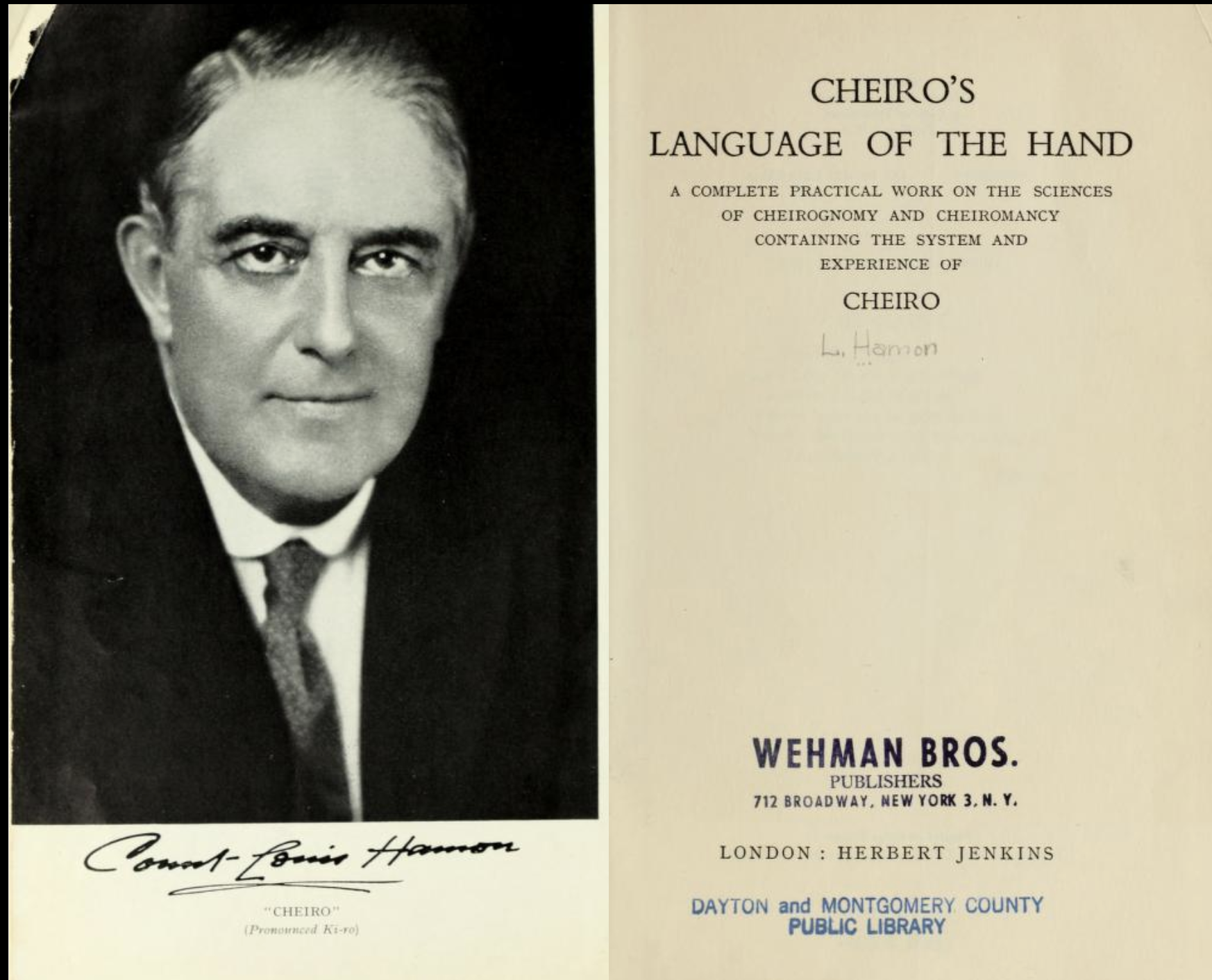
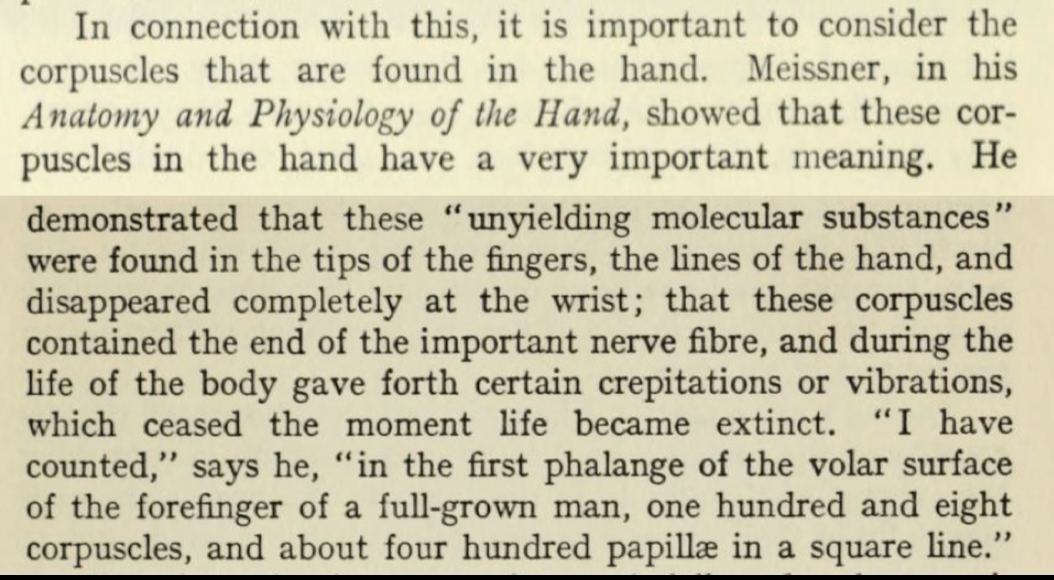
And luckily, in 1979, Cheiro (died 1936) conducted a long conversation with another medium. Read it here.
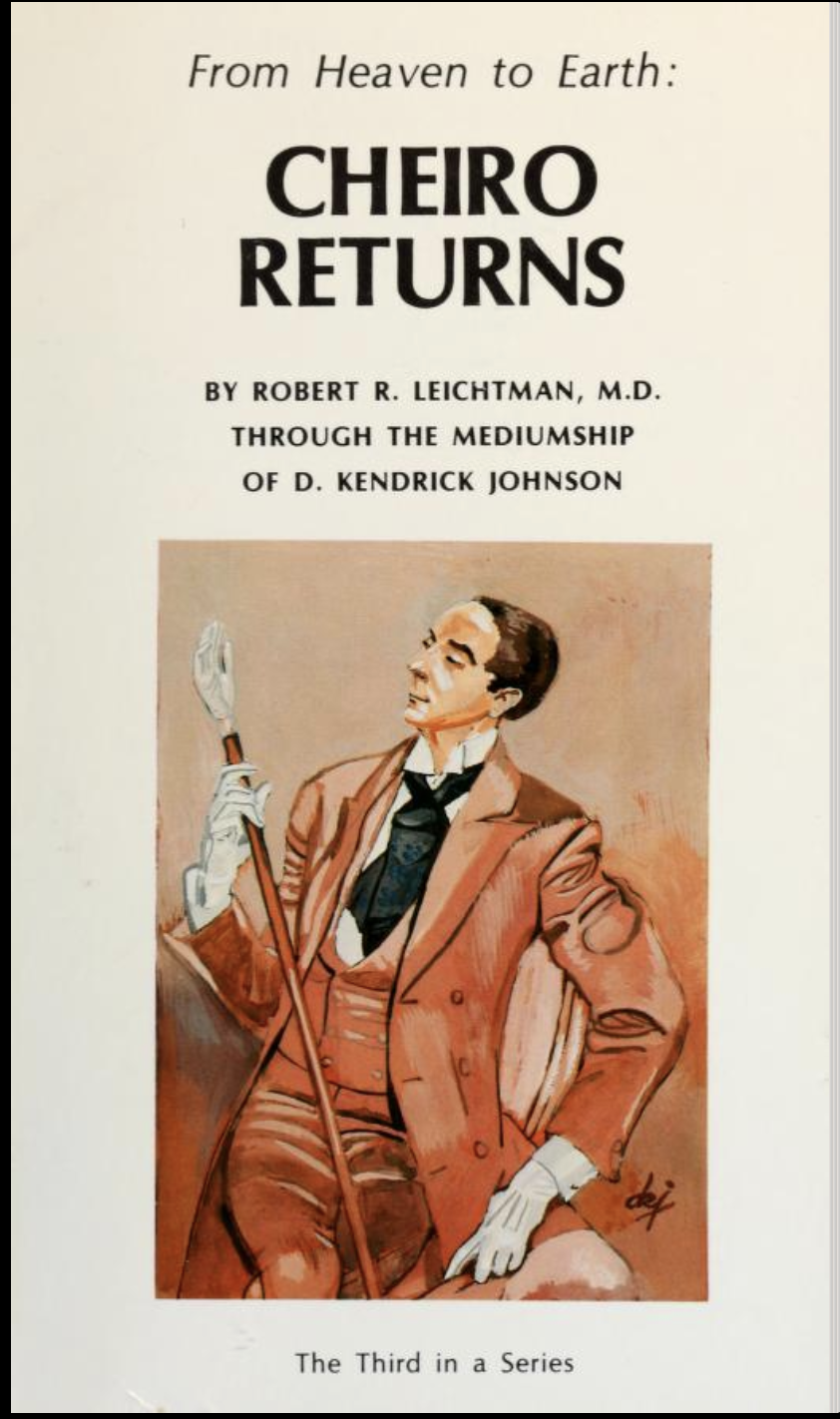
Posted By: Paul - Thu Jul 27, 2023 -
Comments (0)
Category: Frauds, Cons and Scams, New Age, Supernatural, Occult, Paranormal, Nineteenth Century, Twentieth Century
Hoosier Poet Canned Goods
Very few--if any other--poets have a line of canned goods named after them, as did James Whitcomb Riley.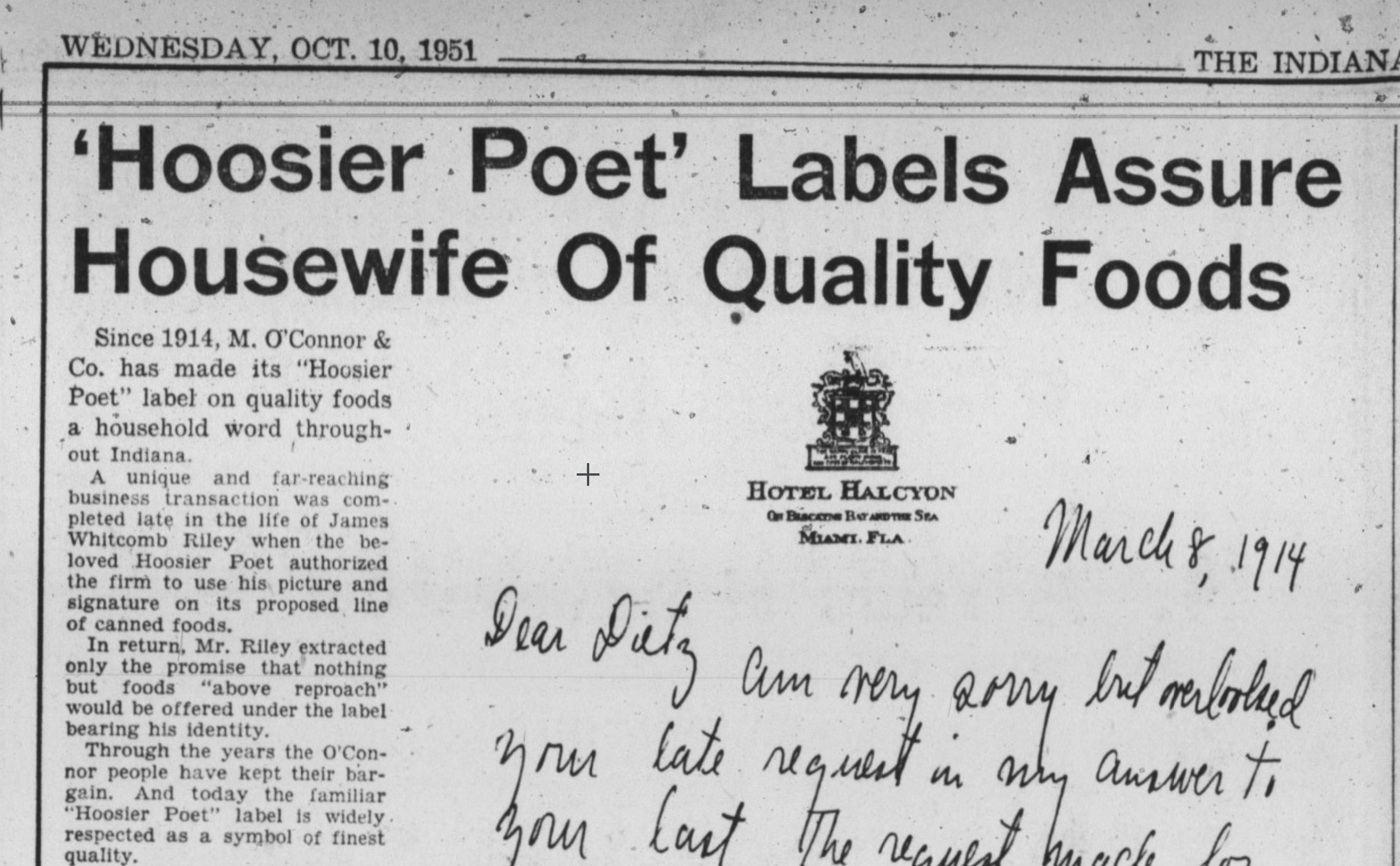
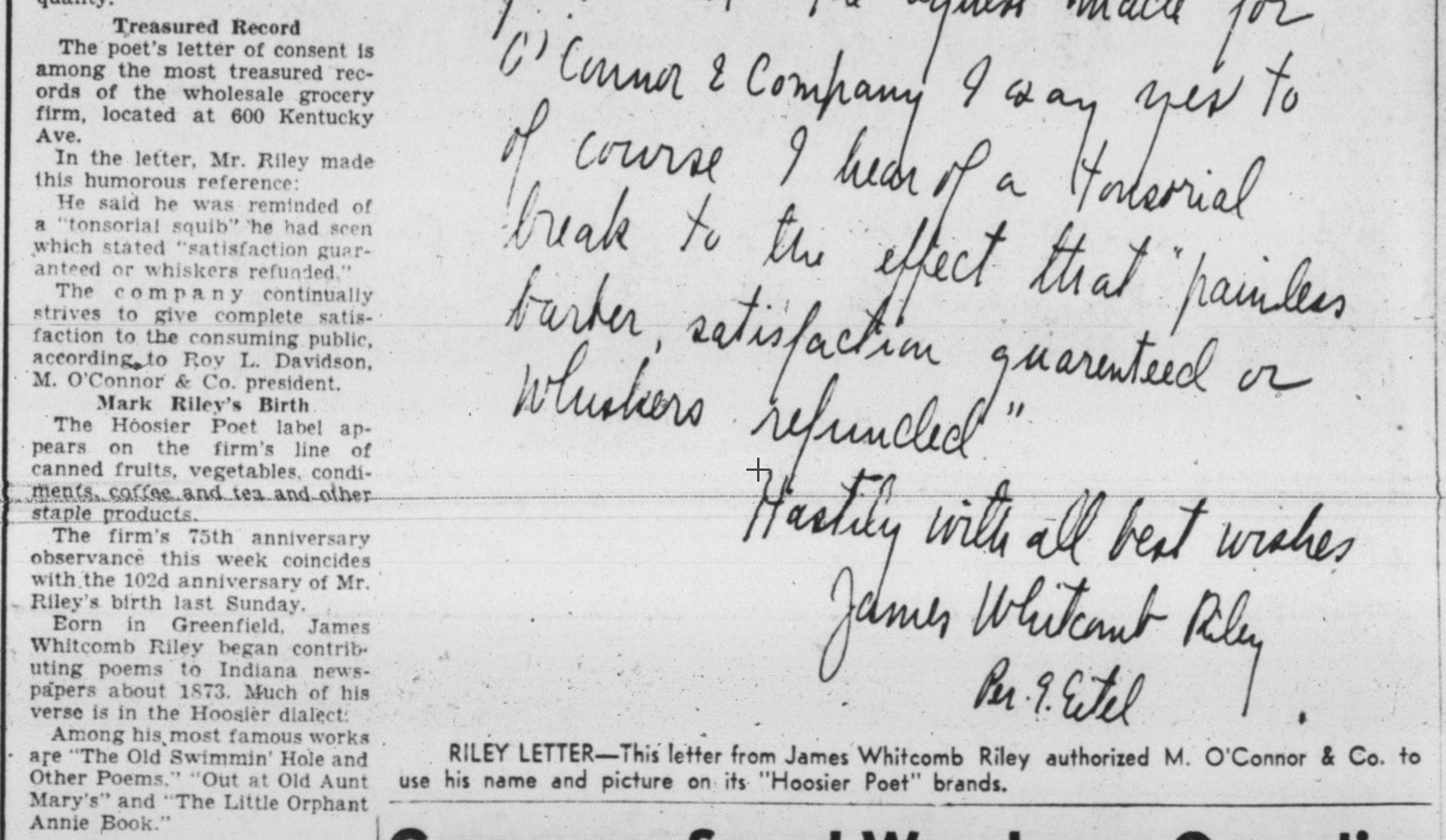


Posted By: Paul - Fri Jul 14, 2023 -
Comments (1)
Category: Food, Poetry, Nineteenth Century, Twentieth Century
The Scatalogic Rites of All Nations
Read it here.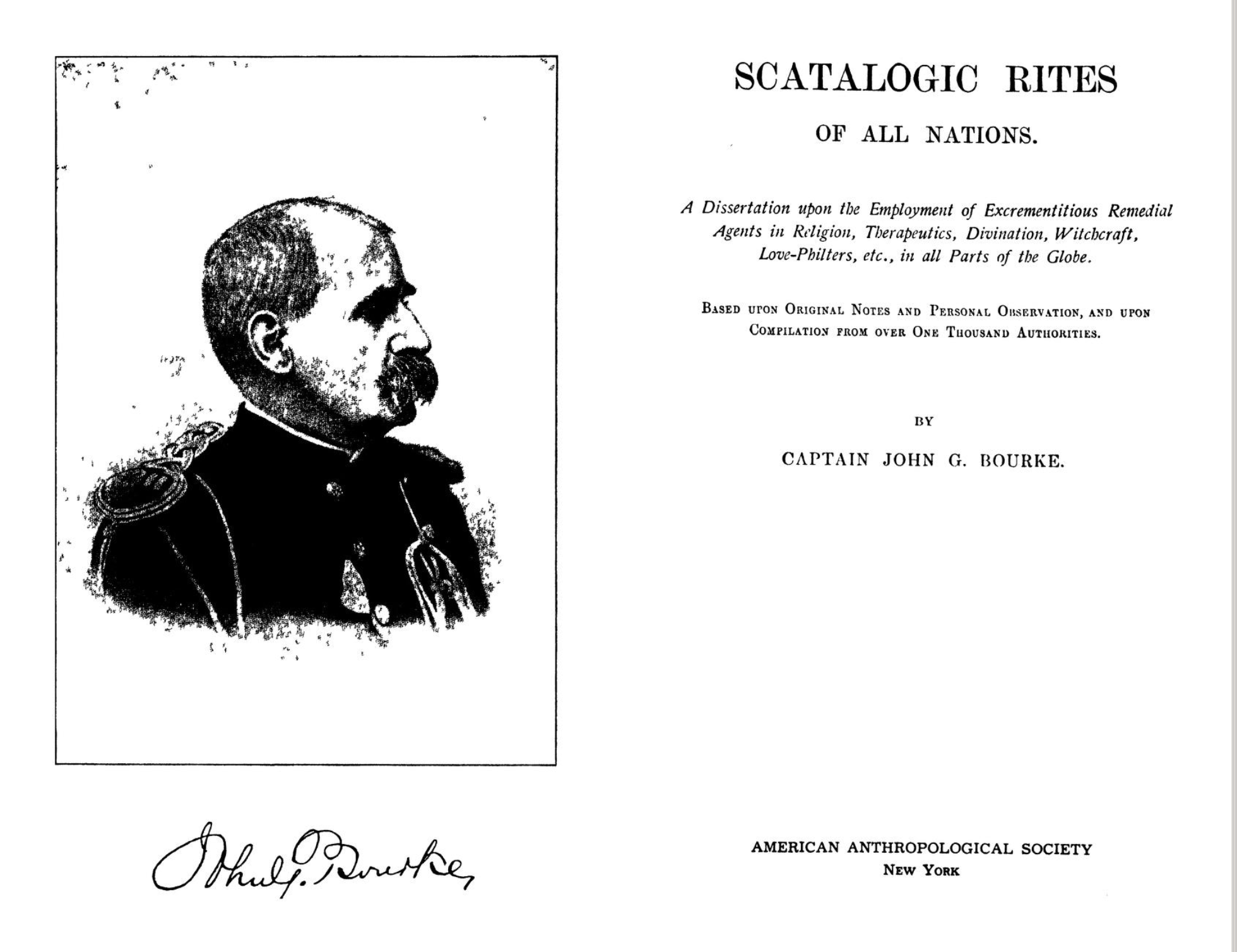
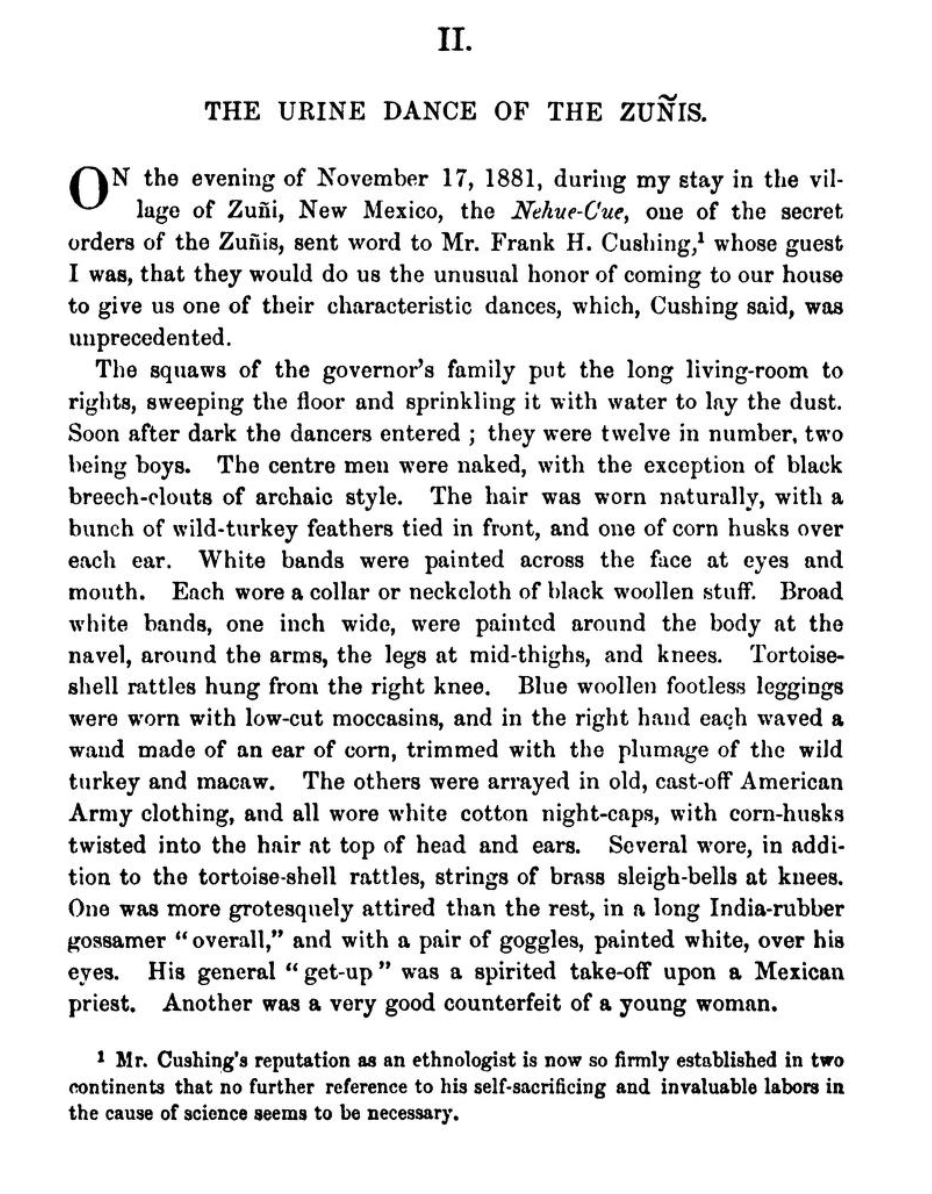
Posted By: Paul - Mon Jul 10, 2023 -
Comments (0)
Category: Hygiene, Excrement, Regionalism, Anthropology, Nineteenth Century
Miss America 1886 (Contest of 1936)
Posted By: Paul - Fri Jun 30, 2023 -
Comments (1)
Category: Awards, Prizes, Competitions and Contests, Beauty, Ugliness and Other Aesthetic Issues, Elderly and Seniors, 1930s, Nineteenth Century
True Crime Podcast on Vinyl
Well, not exactly, but close enough. Use embedded player below.History of the case here.



Posted By: Paul - Sun Jun 25, 2023 -
Comments (0)
Category: Crime, Death, Vinyl Albums and Other Media Recordings, United Kingdom, Nineteenth Century, Twentieth Century
UPenn Gargoyles
Read about these weird architectural embellishments here, with more pix.And also here.
In the 1890s and the first couple decades of the twentieth century, Penn engaged Philadelphia architects Cope and Stewardson to design several University buildings. With their design for the Quadrangle, whose first section opened in 1896, Cope and Stewardson emulated several vintage eras of English architecture in a style that became known as Collegiate Gothic. In a delightful homage to Elizabethan architecture, they incorporated several dozen bosses into their design. They worked with sculptors Henry Plasschaert and John Joseph Borie (a Penn architecture alumnus) and stone carvers Edmund Wright, Edward Maene and assistants to turn these uncut stones into sculpted figures. Cope and Stewardson approved elevation views and clay models of each proposed boss, which was then carved over a period of three to four days from a fourteen-inch square piece of Indiana limestone that had been incorporated into the Quadrangle.
Mr. Plasschaert and his carvers kept the mood of these bosses whimsical. Parodic figures are abundant, such as a grotesque animal biting the corner of a block of stone, or an architect dressed in an elf costume carrying a basket of fruit. A variety of mythical creatures and bizarre monsters are on display, as is the occasional reference to academic activity, like the creatures brandishing tragedy and comedy masks atop the Mask and Wig clubhouse, or a monkey clutching a scroll labeled “diploma.”
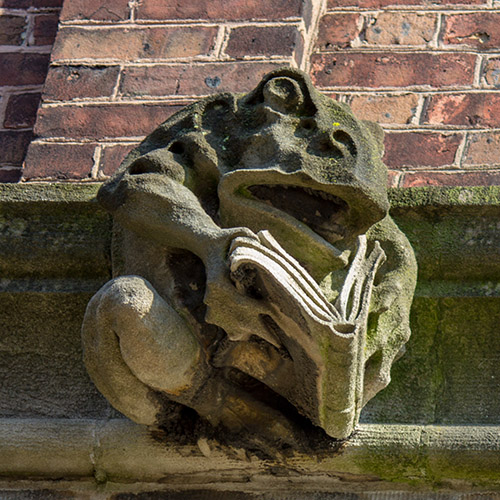
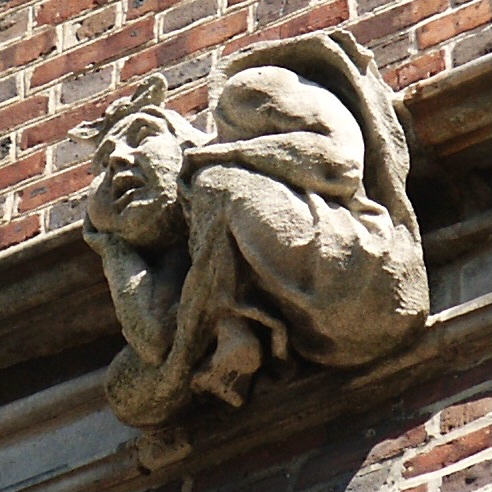
Posted By: Paul - Wed Jun 07, 2023 -
Comments (4)
Category: Architecture, Regionalism, Nineteenth Century, Twentieth Century
Bust Cream or Food
If it doesn't enlarge your bust, you can serve it for dinner.Source: 1897 Sear Roebuck Catalogue

Posted By: Alex - Fri May 26, 2023 -
Comments (4)
Category: Body Modifications, Advertising, Patent Medicines, Nostrums and Snake Oil, Nineteenth Century
Chloroform Cologne
Advertised in The Queen magazine, 1901. Apparently Queen Victoria was a fan of chloroform vapors.
Posted By: Alex - Fri May 19, 2023 -
Comments (3)
Category: Nineteenth Century, Perfume and Cologne and Other Scents
The Influence of Sewing Machines on the Health and Morality of Workwomen
Nineteenth-century doctors worried that because sewing machines "produced such an excessive excitement of the sexual organs" they might have an immoral effect upon working women. Text from The Boston Medical and Surgical Journal (Aug 23, 1866):A young woman, whom he had known as the very picture of vigorous health, presented herself at his office in such a condition of emaciation, and with such a change of countenance, that he was greatly shocked at her appearance. The explanation which she gave was as follows.
For seven months, from morning till night, she had worked at a sewing machine, known as the "American machine." The constant motion of the lower extremities in propelling it had produced such an excessive excitement of the sexual organs that she was often compelled to suspend her work; and to the frequency of this effect and the fatigue resulting from it, she attributed the leucorrhoea and attendant loss of flesh and strength from which she was suffering.
The effect seemed to be naturally enough explained by the cause alleged, especially as in some of the machines at which she had worked the pedals were depressed alternately with one food and the other. This case, so serious in its nature, was regarded by M. Guibout as probably the result of a peculiar susceptibility on the part of the patient, and so very exceptional at the time as only worthy of record as a curiosity. But during the past year, he goes on to say, he found in the hospital Saint-Louis, three similar cases; and during the present year he had already found five in the same hospital.
He also adds that within a month "two females, entirely unknown to each other, and working in different shops, called upon him on the same day, to consult him for similar symptoms. The first of these, a blonde, in the most vigorous health when she began to work at the machine, in seven or eight months has become enfeebled, her embonpoint was gone, her general health had declined, and she had become the subject of a profuse leucorrhoea, which was daily increasing.
She said also that many of the girls in the same establishment were affected in the same way, by the same cause, "the continual movement of the lower limbs, the jar and the swaying of the body." She denied, however, that she had been troubled by the special symptoms mentioned by the first patient, but said that many of her companions had been. Many of them had been so annoyed as to be obliged frequently to suspend their work and leave the shop for the purpose of bathing with cold water.
The second of these two patients was a brunette, of entirely different temperament from the other. She had been obliged to give up her place after working at the machine for a year, on account of the same symptoms. To the inquiry as to any local excitement produced by it, she answered in the affirmative. To translate her own words: "Among 500 women who worked with me, there were at least 200 who, to my knowledge, suffered as I did; so that the operatives were constantly changing, none of them being able to stay long. It is a constant going and coming of women, who enter strong and well, and who go out weak and emaciated."
M. Guibout went on to recite other instances equally serious, but it is not necessary to quote them. The subject is one of very grave moment and worthy of the consideration of every physician. In the discussion which followed the reading of his paper, some of the members of the Society were disposed to question the frequency of the peculiar symptoms which he reported. He, however, maintained his position, urging that it was very difficult to get a confession from many of the victims of the machine, so that when directly interrogated, a negative response should not always be received as the truth. The large number of cases which had come under his own observation had led him to lay this painful subject before the Society.
I asked Microsoft's AI image creator to produce an image based on the article's title, and this is what it came up with:

Posted By: Alex - Wed May 17, 2023 -
Comments (6)
Category: Health, Medicine, Nineteenth Century

| Who We Are |
|---|
| Alex Boese Alex is the creator and curator of the Museum of Hoaxes. He's also the author of various weird, non-fiction, science-themed books such as Elephants on Acid and Psychedelic Apes. Paul Di Filippo Paul has been paid to put weird ideas into fictional form for over thirty years, in his career as a noted science fiction writer. He has recently begun blogging on many curious topics with three fellow writers at The Inferior 4+1. Contact Us |




